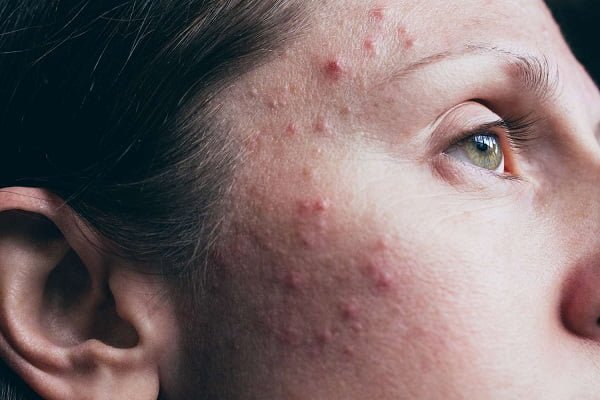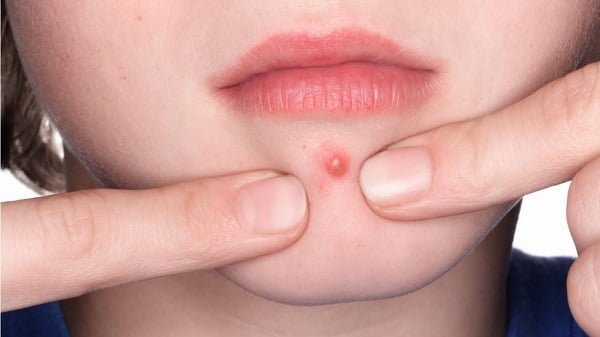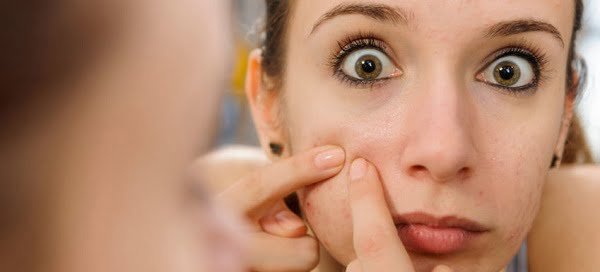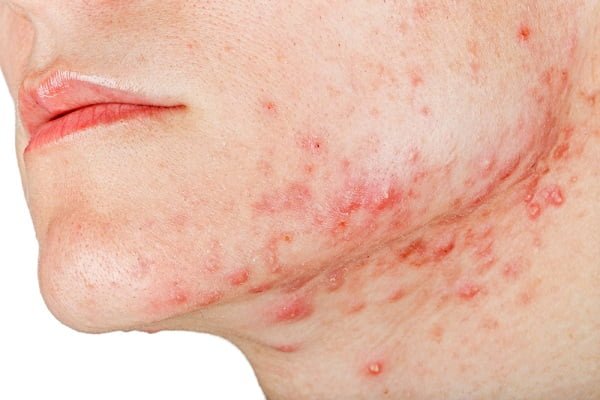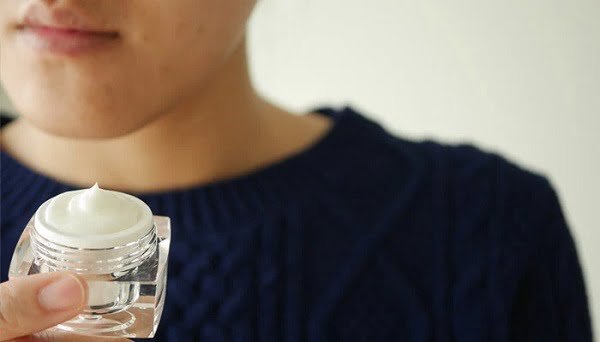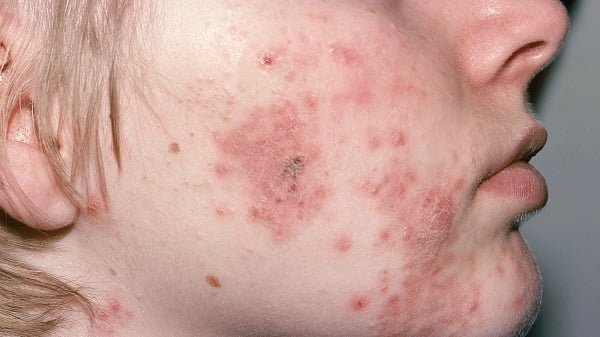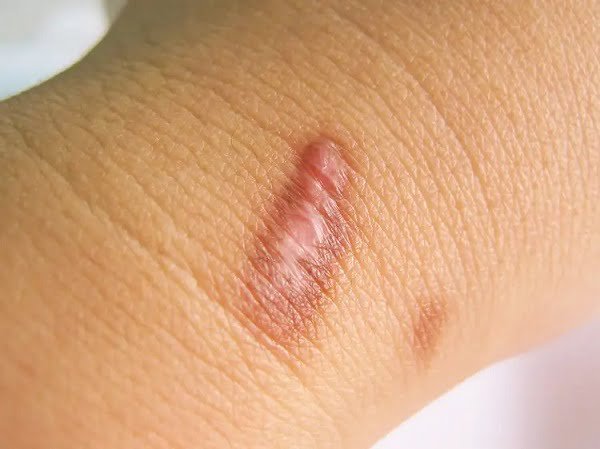Introduction
Dealing with hormonal acne can be a frustrating experience, as it often manifests as deep, cystic pimples that are difficult to treat. In recent years, pimple patches have gained popularity as a convenient and non-invasive solution for targeting acne breakouts. But do these patches effectively combat hormonal acne? In this blog, we’ll delve into the effectiveness of pimple patches for hormonal acne and explore their benefits in managing this stubborn skin condition.
What is Hormonal Acne
Imagine your body is like a big, busy city with lots of buildings, roads, and people. Well, just like in a city, there are different parts of your body that do different jobs. One of the important parts of your body is called the skin. It’s like the protective wall around the city that keeps everything inside safe.
Now, sometimes, especially when you’re growing up, some parts of your body can get a bit too busy, like having a big party that gets a little out of control. In your body, there are these things called hormones, which are like little messengers that tell different parts what to do. But sometimes, these hormones can get a little too excited and make too much oil in your skin.
When there’s too much oil, it can clog up the little holes in your skin called pores, kind of like cars blocking up a road. And just like when cars are stuck, it can cause a bit of a mess. That mess is what we call acne.
Now, hormonal acne is a special kind of acne that happens when these hormones called androgens get really active. They can make the oil glands in your skin work extra hard, especially around certain parts of your body like your face, chin, jawline, and even your backside.
When the oil glands make too much oil, it can mix with old skin cells and bacteria, making a little pimple or bump. These pimples can be small and red, or sometimes big and painful. They’re a bit like little volcanoes on your skin, ready to erupt!
So, when someone talks about hormonal acne, they mean these pimples that happen because of the hormones in your body going a bit crazy. But don’t worry, just like a city has workers who clean up after a big party, your body has its ways of fixing things too. With some help from good skincare habits and maybe a little patience, hormonal acne can be kept under control and your skin can go back to being smooth and clear again!
Understanding Hormonal Acne:
Hormonal acne typically occurs due to fluctuations in hormone levels, particularly androgens like testosterone. These hormonal changes can stimulate the sebaceous glands to produce excess oil, leading to clogged pores and acne breakouts. Hormonal acne often presents as deep, inflamed pimples, cysts, or nodules, primarily affecting the chin, jawline, and cheeks.
The Role of Pimple Patches:
Pimple patches, also known as acne or hydrocolloid patches, are thin, translucent stickers that adhere to the skin’s surface to absorb excess oil, pus, and impurities from acne lesions. They create a protective barrier over the pimple, preventing further infection and reducing inflammation. While originally designed for surface-level pimples, many people wonder if pimple patches can effectively treat hormonal acne, which often originates deep within the skin.
Effectiveness of Pimple Patches for Hormonal Acne:
Absorption of Exudate: Pimple patches are effective at absorbing the exudate (pus and fluid) from acne lesions, regardless of the type of acne. This can help reduce inflammation and promote faster healing, even for deep, cystic pimples associated with hormonal acne.
Protection and Healing: By creating a barrier over the acne lesion, pimple patches protect the skin from external irritants and prevent picking or touching, which can worsen inflammation and lead to scarring. This protective environment promotes a conducive healing environment, allowing the acne to resolve more quickly.
Reduced Inflammation: Pimple patches contain ingredients like hydrocolloid, which possess anti-inflammatory properties. This can help alleviate swelling and redness associated with hormonal acne, providing relief and comfort while the pimple heals.
Benefits of Using Pimple Patches for Hormonal Acne:
Non-Invasive Treatment: Pimple patches offer a non-invasive alternative to traditional acne treatments, such as topical or oral medications. They are easy to apply and remove, making them suitable for all skin types, including sensitive or acne-prone skin.
Convenience and Discreetness: Pimple patches are discreet and virtually invisible when applied to the skin, allowing individuals to wear them throughout the day or overnight without drawing unwanted attention. They are also convenient for on-the-go treatment, providing continuous care without disrupting daily activities.
Preventive Measure: In addition to treating existing acne lesions, pimple patches can also serve as a preventive measure against future breakouts. By absorbing excess oil and impurities, they help keep the skin clean and free of bacteria, reducing the likelihood of new acne formation.
Typical contents of pimple patches
Hydrocolloid: Hydrocolloid is the primary ingredient found in most pimple patches. It is a gel-forming substance that absorbs fluids and creates a moist environment conducive to wound healing. Hydrocolloid helps to draw out impurities from the acne lesion, including excess oil, pus, and bacteria, while maintaining moisture levels in the skin.
Adhesive: Pimple patches are equipped with adhesive backing that allows them to adhere securely to the skin. The adhesive ensures that the patch stays in place over the acne lesion, providing continuous treatment and protection. The adhesive used in pimple patches is typically gentle on the skin and does not cause irritation or discomfort.
Anti-Inflammatory Agents: Some pimple patches contain ingredients with anti-inflammatory properties to help reduce swelling, redness, and discomfort associated with acne. These agents can include ingredients such as tea tree oil, centella asiatica extract, or salicylic acid, which help to soothe inflamed skin and promote healing.
Antimicrobial Agents: To prevent further infection and promote a clean environment for healing, pimple patches may contain antimicrobial ingredients. These ingredients work to inhibit the growth of acne-causing bacteria and reduce the risk of secondary infections. Common antimicrobial agents found in pimple patches include tea tree oil, benzoyl peroxide, or silver ions.
Absorbent Fillers: In addition to hydrocolloid, pimple patches may contain absorbent fillers that help to soak up excess oil and pus from the acne lesion. These fillers enhance the patch’s ability to absorb impurities and maintain a clean, dry environment over the affected area.
Transparent Film: Many pimple patches feature a transparent film or material that allows for easy monitoring of the acne lesion’s progress. The transparent film also provides a discreet appearance when worn on the skin, allowing individuals to wear the patch throughout the day without drawing unwanted attention.
Conclusion:
While pimple patches may not directly address the underlying hormonal imbalances responsible for acne, they can be a valuable tool in managing hormonal acne breakouts. By absorbing exudate, protecting the skin, and reducing inflammation, pimple patches offer effective relief and support healing for deep, cystic pimples associated with hormonal fluctuations. Incorporating pimple patches into your skincare routine can provide a non-invasive, convenient solution for addressing hormonal acne and promoting clearer, healthier skin.
Faq related to "Do pimple patches work on hormonal acne"
Pimple patches work by creating a protective barrier over acne lesions, absorbing excess oil, pus, and impurities from the skin. While they may not directly address hormonal imbalances, they can help manage the symptoms of hormonal acne by promoting faster healing and reducing inflammation.
Pimple patches are most effective for surface-level acne lesions, such as whiteheads and blackheads. However, they can still provide benefits for deep, cystic acne by absorbing exudate and reducing inflammation. While they may not fully eliminate cystic acne, they can help alleviate symptoms and promote healing.
While pimple patches are not specifically designed to prevent hormonal acne breakouts, they can serve as a preventive measure by absorbing excess oil and impurities from the skin. By keeping the pores clean and free of bacteria, pimple patches may help reduce the likelihood of new acne formation.
Pimple patches can be used as needed, typically applied to clean, dry skin over acne lesions. They can be worn overnight or during the day, depending on personal preference. For best results, replace the patch as directed or when it becomes saturated with exudate.
Yes, pimple patches can be used in conjunction with other acne treatments, such as topical or oral medications, for hormonal acne. They can complement traditional acne treatments by providing localized treatment and protection to individual acne lesions.
Pimple patches are generally safe for most skin types and do not typically cause adverse reactions. However, some individuals may experience mild irritation or allergic reactions to the adhesive or ingredients in the patch. It’s essential to perform a patch test before use and discontinue use if any adverse reactions occur.
Yes, pimple patches can be applied to acne lesions on other parts of the body, including the chest, back, and shoulders. They provide the same benefits of absorbing excess oil and impurities while protecting the skin and promoting healing.
Results from using pimple patches for hormonal acne may vary depending on the severity of the acne and individual skin response. Some people may notice improvement within a few hours to days, while others may require longer treatment periods to see significant results. Consistency and patience are key when using pimple patches for acne management.



